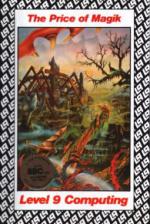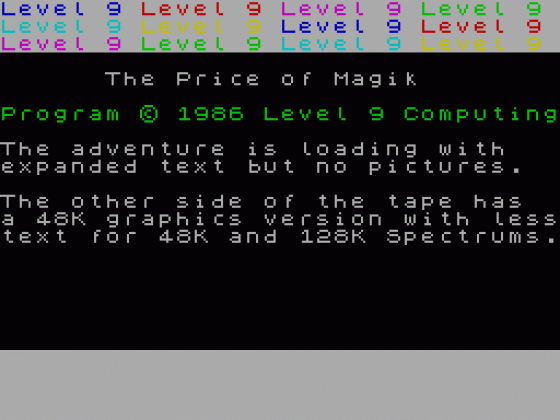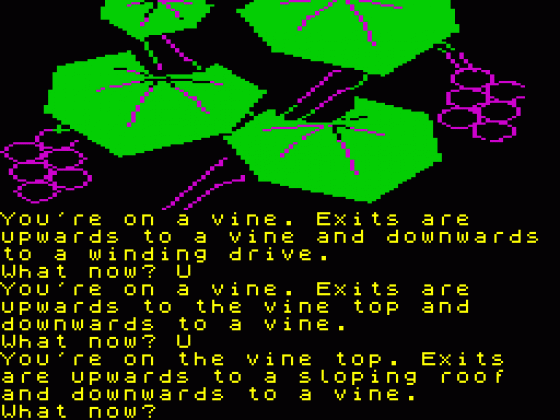Other Reviews Of The Price Of Magik For The Spectrum 48K/128K
The Price Of Magik (Level 9)
A review by Mike Gerrard (Your Sinclair)
The Price Of Magik (Level 9)
Enter Level 9's latest venture into the magic kingdom
The Price Of Magik (Level 9)
A review by Gary Rook (Sinclair User)
The Price Of Magik (Level 9)
A new Level 9 adventure is always good news. It's even better when it's the sequel to the excellent Red Moon. Gordon Hamlett investigates.
The Price Of Magik (Level 9 Computing)
A review
The Price Of Magik (Level 9 Computing)
A review by nimusi (Classic Adventure Solutions Archive)


 1st July 1986
1st July 1986










